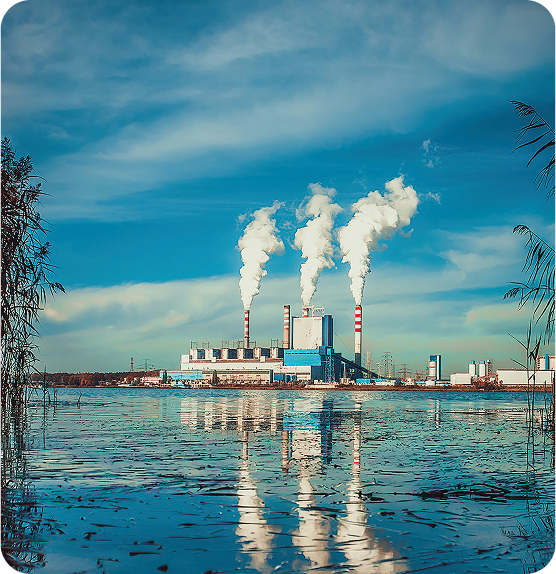
What is a Refuse Derived Fuel (RDF)?
Refuse Derived Fuel (RDF) is made by processing non-recyclable, high-calorific-value waste like plastics and textiles into usable fuel. Instead of sending this waste to landfills or burning it uncontrolled, RDF turns it into a cleaner fuel that can partially replace coal, pet coke, and firewood in industrial boilers, cement kilns, and power plants.
